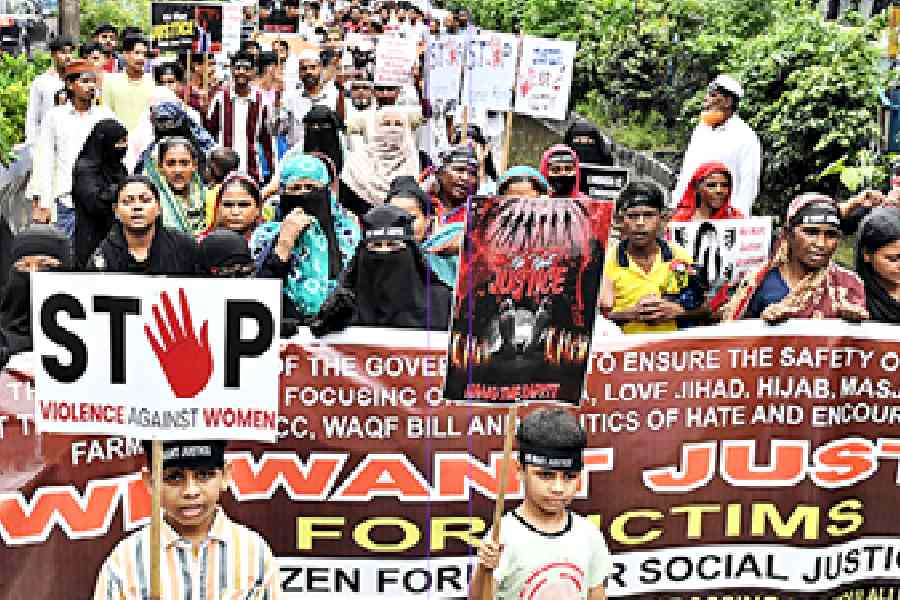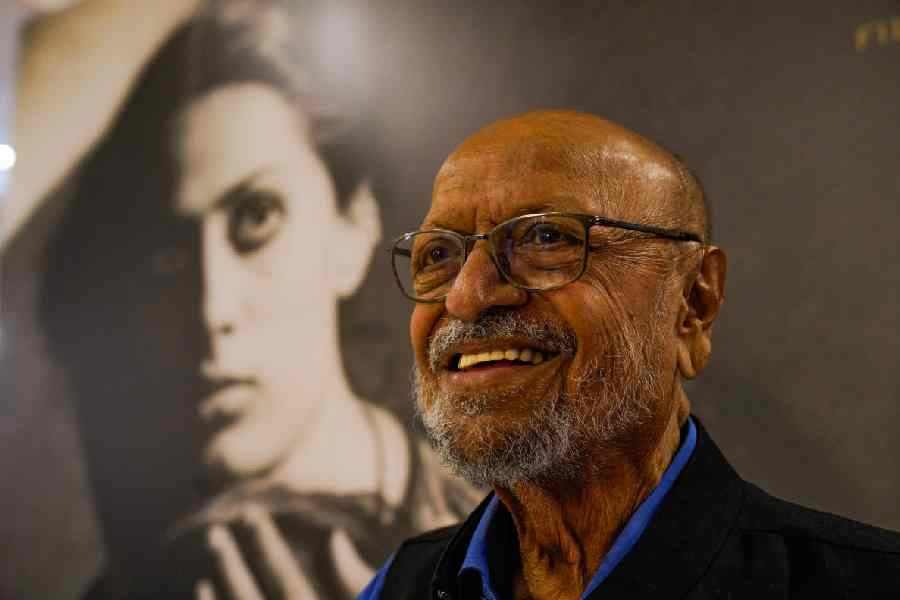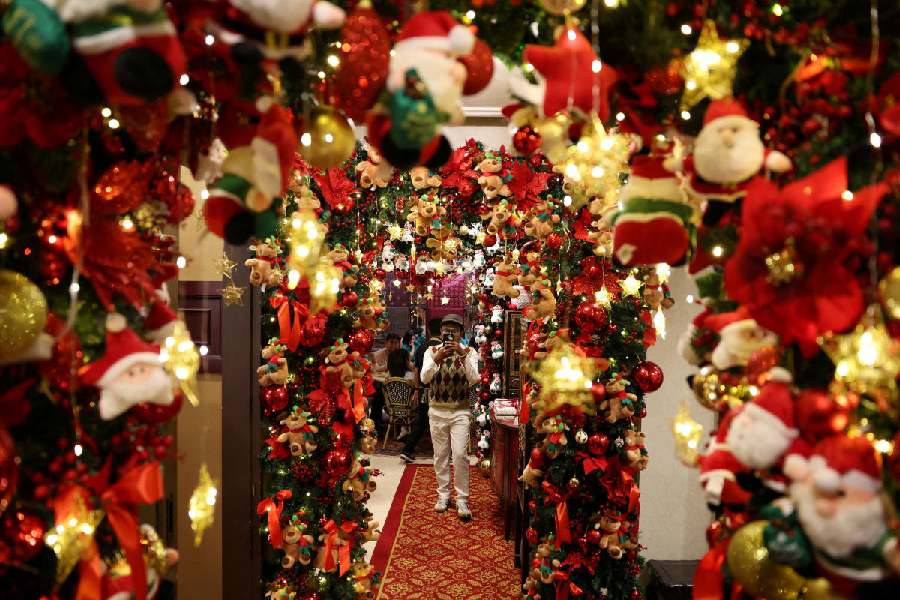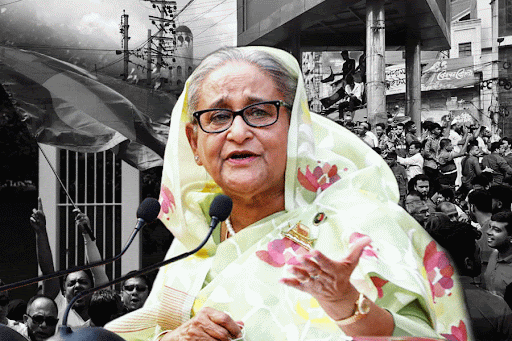The solicitor general of India, who is representing the CBI in the Supreme Court in the RG Kar case, raised on Thursday several questions on the time and sequence of events at the hospital after a young doctor was found dead in the seminar hall of the Emergency Building on August 9.
Metro compiles the questions raised by the solicitor general and the Supreme Court and the response of Kolkata Police and the state’s counsel in the apex court, Kapil Sibal.
- Delay in registering the unnatural death case: One of the three judges on the bench hearing the case asked whether the post-mortem was done without registering an unnatural death (UD) case. He referred to a document that mentioned that the UD case was registered at 11.30pm (on August 9).
“Just tell us at what time the post-mortem was performed?” the judge asked.
Sibal said: “Between 6.10pm and 7.10pm.”
The judge said: “When a post-mortem is done, is it a case of UD? If not, why would a post-mortem be needed? Then why was the UD case registered at 23.30 hours?”
Sibal said the UD case (No. 861/24) was registered at 1.45pm on August 9.
He explained that an officer who was compiling the day’s events for the police wrote it at 11.30pm. It was recorded after the officer returned to Tala police station after finishing the day’s work.
The judge reacted by saying: “You may be right Mr Sibal, but this is something that even the Code of Criminal Procedure does not prescribe. The entire procedure that has been followed by the police is something that at least I have not come across in 30 years of my (career).”
The police said on Friday that what Sibal said did not mean that the UD case was registered at 11.30pm.
One of the judges asked Sibal if he had a document to show that the UD case was registered earlier.
Sibal and his team explained that the UD case reference was mentioned in the requisition document of the judicial magistrate for the judicial inquest. He also said the UD case reference was mentioned in the post-mortem report, too, and that a judicial inquest of the body or post-mortem would not have been possible without registering a UD case.
- Securing crime scene: The Chief Justice of India, D.Y. Chandrachud, said it was “disturbing” to know that Tala police station came to know about the death at 10.10am and a general diary entry (GDE) was made at the time but procedures like securing the crime scene were done after 11pm.
“One aspect is disturbing. The GDE was made at 10.10am, which means the police had come to know of it at 10.10am. But despite that, all the procedures like securing the crime scene were at 11 in the night? What were they doing up to then?” the CJI asked.
Sibal requested the court to refer to the timeline. “Everything has been videographed,” Sibal said, responding to the question on what the police were doing all day.
Kolkata Police have shared a timeline, according to which the place of occurrence was secured at 10.30am once a team of officers from Tala police station reached the hospital.
“Securing a crime scene includes cordoning the periphery of the area where the body is found. Usually, this is done with a safety tape. Then officers are posted on the periphery to ensure that no one other than the authorised persons is allowed to enter the area that has been cordoned off,” said an officer at Lalbazar.
Another officer, who was involved in the probe till it was handed to the CBI, said the place where the body was found was cordoned off and a second layer of cordon was set up outside the seminar hall.
“No one other than the woman’s family members and the officers involved in the probe were allowed to enter the seminar hall,” he said.
- Crime scene altered: Solicitor general Tushar Mehta said in the court on Thursday that the crime scene had been altered, which posed a challenge to the central agency as it took over the probe five days after that happened.
“Our problem was we entered on the fifth day. Before that, whatever report was collected by the local police. It was a challenge by itself. The crime scene was altered,” Mehta said.
Sibal denied the allegations and said everything was videographed and that there was a seizure list.
A seizure list mentions all the articles found in the scene of crime and seized. It also contains detailed descriptions of each item.
Senior Kolkata Police officers who were not present in the court said on Friday that there was a difference between “alteration” and “tampering”.
“It is natural that by the time the CBI took over the case, the body had been removed and the articles found in the crime scene seized. This is the normal procedure followed by any investigating agency. But that does not mean the crime scene has been tampered with,” a senior police officer said.











